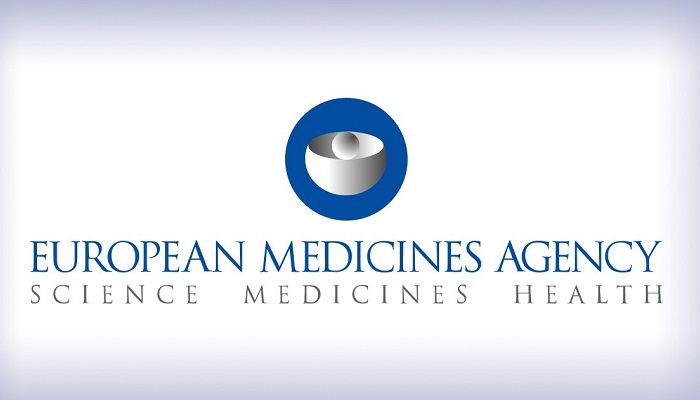The European Medicines Agency (EMA) has released a paper summarizing its Regulatory Science Strategy (RSS) mid-point achievements through 2025. Originally released in March 2020, the strategy outlines a five-year goal for advancing regulatory science.
Regulatory science belongs to the scientific disciplines that are used to evaluate the quality, safety, and efficacy of pharmaceutical goods. According to the EMA, these assist in the development of regulatory standards and tools.
Results for the top five human suggestions projected to deliver the most substantial change across the five-year strategy are included. These are the results of a stakeholder engagement process with the EMA’s scientific bodies, stakeholders, and EU regulatory partners.
- Some areas have seen progress, including:
- Promoting clinical trial innovation.
- Encouragement of the use of high-quality, real-world data in strategic planning.
- Helping to ensure the readiness of health technology assessment bodies (HTA) and downstream decision-making for novel medications.
- Helping to advance precision medicine.
According to Emer Cooke, EMA’s Executive Director, the achievements mentioned in this report illustrate that they have made significant progress in strengthening regulatory science to construct a more adaptive regulatory system that supports innovation.
The regulatory agency stated that the policy was driven by the increased rate of innovation in recent years. As a result, regulators needed to be ready to facilitate the development and evaluation of increasingly complex medications that provide healthcare solutions through convergent and varied technologies.
The industry’s pressures during the COVID-19 pandemic emphasized the significance of quick, close engagement of investors and collaborators involved in pharmaceutical development. This need was one of the strategy’s guiding concepts, as per EMA.
According to Cooke, they will look for opportunities to accelerate the delivery of the Regulatory Science Plan to 2025, as well as the broader European pharmaceutical agencies network strategy to 2025, as they emerge from a long period of business continuity. This effort will be critical in evolving the network’s potential to engage with and facilitate innovative research and technology within the current pharmaceutical gamut, and also paving the way for the legislative review.
After the strategy’s completion in 2026, a comprehensive report on it will be published.



















